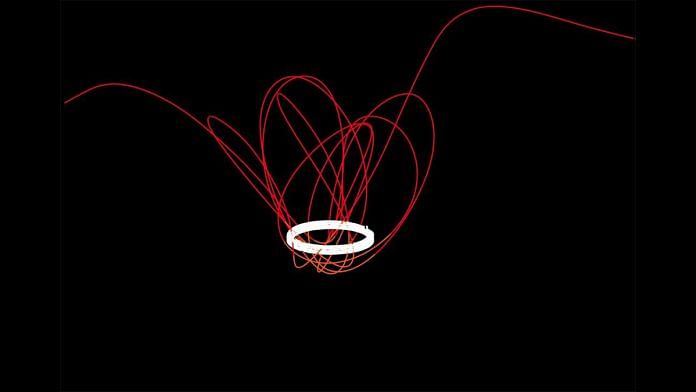Bengaluru: Astronomers from the Catalina Sky Survey at the University of Arizona have detected an unusually rare and small captured object, the size of a car, in orbit around the Earth. Since the Temporary Captured Orbiter (TCO) is orbiting our planet, technically, it is a natural satellite and thus the Earth’s temporary second moon.
BIG NEWS (thread 1/3). Earth has a new temporarily captured object/Possible mini-moon called 2020 CD3. On the night of Feb. 15, my Catalina Sky Survey teammate Teddy Pruyne and I found a 20th magnitude object. Here are the discovery images. pic.twitter.com/zLkXyGAkZl
— Kacper Wierzchoś (@WierzchosKacper) February 26, 2020
The TCO is most likely a carbonaceous asteroid and is dubbed 2020 CD3, also known as C26FED2. It was discovered in orbit on 15 February by astronomers Kacper Wierzchos and Teddy Pruyne of the Catalina Sky Survey but it needed more observations before it could be confirmed as a TCO. The International Astronomical Union’s (IAU) Minor Planet Center (MPC) formally announced the discovery Tuesday.
“Orbit integrations indicate that this object is temporarily bound to the Earth,” reads the announcement.
“No link to a known artificial object has been found. Further observations and dynamical studies are strongly encouraged,” it adds.
The moonlet is dark and small
The suspected asteroid entered the Earth’s orbit three years ago and its orbit simulations indicate that it will be ejected by April 2020. The object had escaped unnoticed so far due to its dark and small appearance — the lighter a body is, the more it reflects sunlight and is easier to observe.
The moonlet has a diameter between 1.9 m and 3.5 m and is the second asteroid to be captured by and orbit the Earth. In 2006, the Catalina Sky Survey also discovered ‘2006 RH120’, a 2-3m diameter asteroid which orbited the earth from September 2006 to June 2007, before breaking free and going on its way.
Asteroids that come this close to Earth — between 0.9 AU and 1.3 AU where 1 AU (astronomical units) is the average distance between the Earth and the Sun — are eponymously classified as Near-Earth Objects (NEO). It is estimated that the number of NEOs, whose orbits bring them within 1.3 AU, are in the millions, although only 22,211 have been tracked.
Most NEOs are asteroids, although some can be short-period comets. The Earth pulls many such space rocks on a regular basis, but most of them end up burning up in the atmosphere as bright fireballs or just swing by right at the edge of earth’s gravity.
The Catalina Sky Survey is funded by NASA and is a part of the Near Earth Object Observation Program, which searches the skies for potentially hazardous objects (PHO). If an NEO crosses the Earth’s orbit and the object is larger than 140 metres in diameter, it is classified as a PHO.



